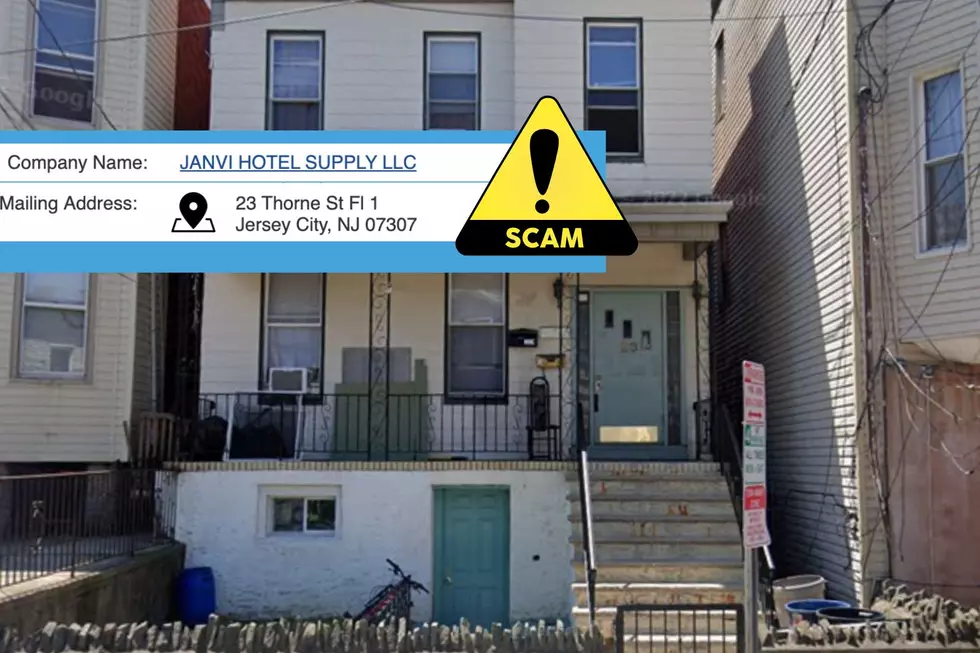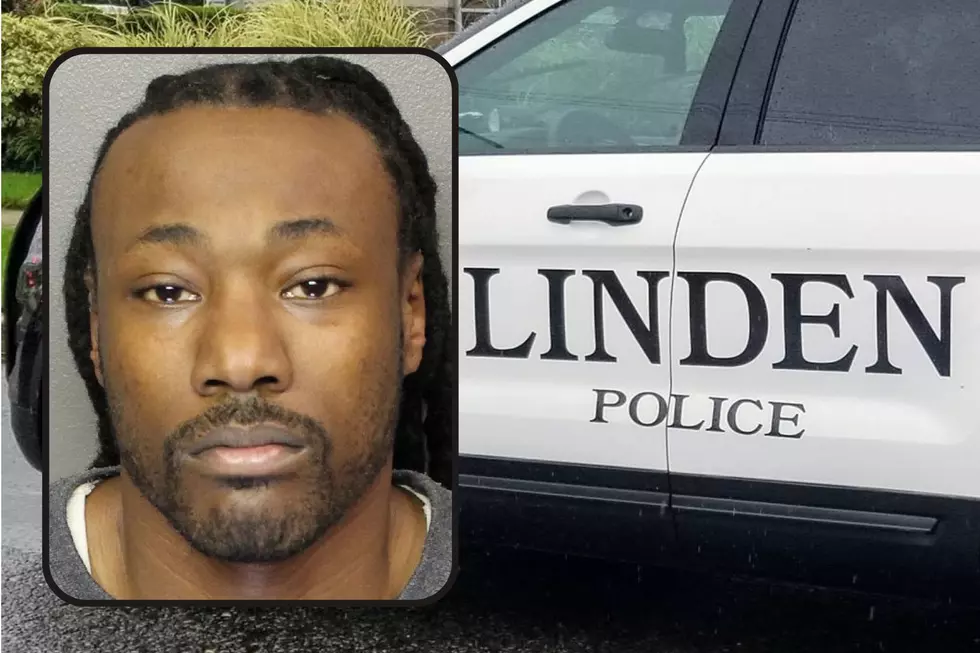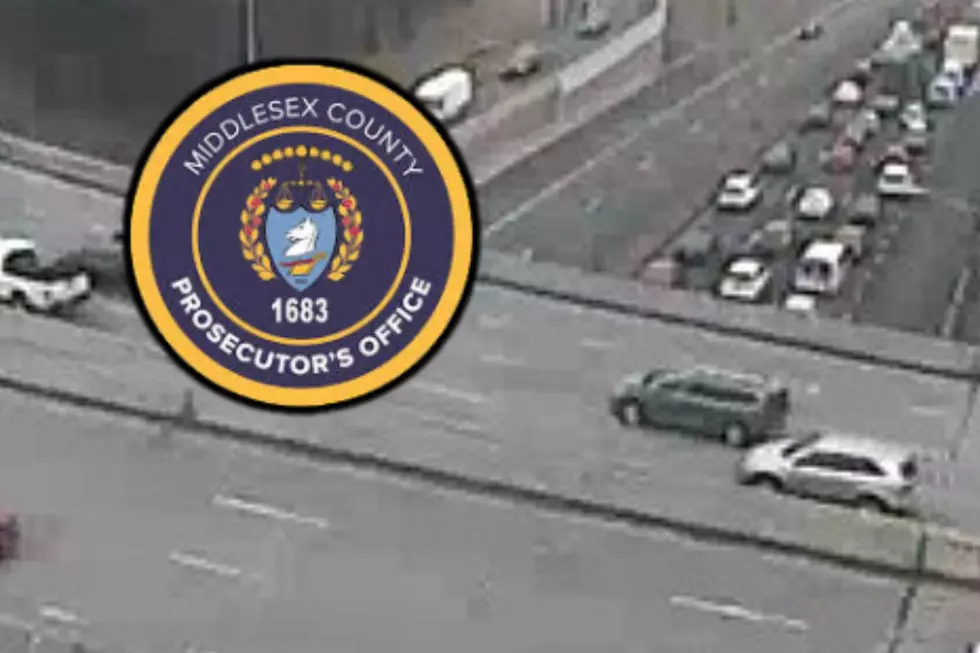
Check out how New Jersey will spend extra $400M on transportation
The more than $400 million in additional work on transportation infrastructure possible in the next three months under a law signed last week includes many resurfacing, dredging and drainage projects with obvious short-term benefits.
It also includes engineering and other behind-the-scenes work that kick-starts potentially transformative projects that have long been stalled due to a lack of funding.
Foremost among those, said Rutgers University transportation expert Martin Robins, is the planned completion of preliminary engineering on the Tremley Point Connector Road, giving truck traffic a faster path that avoids local roads from the New Jersey Turnpike’s Exit 12 to an industrial section of Linden ready for rebirth.
“That surprised me. I had been working with people on that idea a number of years ago, and I thought that project was dead. And to see it getting funding, that was a real plus,” said Robins, the founding director of Rutgers’ Alan M. Voorhees Transportation Center. “That could be a very, very major economic development investment for the Linden-Carteret area.”
Likewise, New Jersey Transit will use some of its allocation – it’s getting $140 million, with $260 million going to the Department of Transportation – to advance development of a new station on the Northeast Corridor rail line in North Brunswick. It has been discussed for a decade and authorized since 2013.
“This will really be an economic spur to that part of Middlesex County,” Robins said. “Now there’s more to this project, but the fact that they have any money going back into it is positive.”
Robins said other NJ Transit work can also lead to economic development through the expansion of light-rail lines.
Some funding will be used for preliminary engineering and final design work on extending the Hudson-Bergen Light Rail line across Route 440 to a section of Jersey City that’s not developed, leading to the production as many as 8,000 additional units of housing.
Even more importantly, Robins said, there is funding for completing the environmental impact statement associated with extending the light rail north into Bergen County, up to Englewood. That extension could attract more than 12,000 daily riders by 2030, he said – depending, as the Route 440 project is, whether the Federal Transportation Administration is allowed to fund new grant agreements.
“This money will give them the wherewithal to do that, and this project then will be teed up for its do-or-die moment – whether it will have the money to actually be built,” said Robins, who said there will be hearings on the project in late April.
NJ Transit hasn’t had a significant service expansion in over a decade, said Janna Chernetz, New Jersey policy director for the Tri-State Transportation Campaign, who said “it was great to see” funds included for environmental impact statements on light-rail projects in both North and South Jersey.
“We haven’t seen any movement on the Camden-Glassboro line for years until now, so this is extremely encouraging because South Jersey really needs this in terms of congestion relief, giving people options besides the car and also the economic development that can come,” Chernetz said.
“These are all the things that New Jersey Transit has been wanting to do and has been unable to do because of its funding shortfalls,” Robins said.
“There’s lots and lots of questions at the end of the line as to how many of these projects can get fully funded during the next eight years,” he said. “But it’s hopeful, it’s a good sign that the governor is allowing the transportation professionals to do what they can to get these projects ready.”
Not all of NJ Transit’s funds are going to planning long-term projects.
The agency will equip more than 2,500 new and existing buses with cameras that provide drivers with 360-degree views, eliminating blind spots. It will expand and upgrade cameras to improve security on rail cars, in rail stations and at bus garages. And it will upgrade its MyTix mobile ticketing app and the handheld devices used to validate and inspect tickets.
The NJDOT’s project list is similarly a blend of short-term and long-term initiatives. It will use funds for resurfacing projects on 25 highways in 19 counties, plus repair bridges in Bernards, East Newark, Millville, Newton, North Bergen, Phillipsburg, Totowa, Vineland, Wall and Woodland Park.
“There’s a lot of resurfacing, and I think that’s wonderful,” said Chernetz, who said that work also provides a chance for the state to use its Complete Streets policy that promotes safety for pedestrians, bicyclists and other users of New Jersey roadways.
Most important in that regard is the work planned on Route 130 in Burlington County, Chernetz said.
“The municipalities within that section of 130 happen to be the most dangerous road in New Jersey, according to our analysis,” Chernetz said. “There’s an opportunity during this resurfacing to look at ways to re-stripe the roadway, potentially, and also apply other Complete Streets principles to make those portions of Route 130 safer for pedestrians and in turn making the road safer for all users.”
Robins said the highway work “partially makes up for what didn’t happen” last summer and fall, when projects were mothballed by Christie during the impasse over paying for the Transportation Trust Fund — “a very harmful thing to happen,” Robins said.
That standoff finally ended in October, when lawmakers approved a roughly 23-cent a gallon increase in the gas tax, combined with cuts in estate, income and sales taxes. Money from the gas-tax hike is being used to pay for the additional $400 million in projects by June.
Robins was pleased the list of green-lighted projects includes drainage work along roads in 15 towns, which he said is good to do in advance of spring and summer storms.
“It’s always wise to have drainage work done. Drainage projects are important. They’re often overlooked,” Robins said. “They can be very risky and dangerous because sometimes a flash storm can really create very serious flooding problems and cars can get wrecked and people can get killed.”
Chernetz wasn’t supportive of the DOT’s plans to use funds for concept development for the widening of Route 9 in Lakewood and a pilot project for relieving congestion by using the shoulders of Route 1 in South Brunswick as travel lanes during peak hours.
“I don’t think that that is the best choice to be spending this money,” Chernetz said. “The state still has 1 in 11 bridges that are structurally deficient as well as 42 percent of the pavement in poor condition. Better use of the money would not be on potential widening right now. It should be focused on fix-it first and safety.”
New Jersey: Decoded cuts through the cruft and gets to what matters in New Jersey news and politics. Follow on Facebook and Twitter.
Michael Symons is State House bureau chief for New Jersey 101.5 and the editor of New Jersey: Decoded. Follow @NJDecoded on Twitter and Facebook. Contact him at michael.symons@townsquaremedia.com
More From New Jersey 101.5 FM









